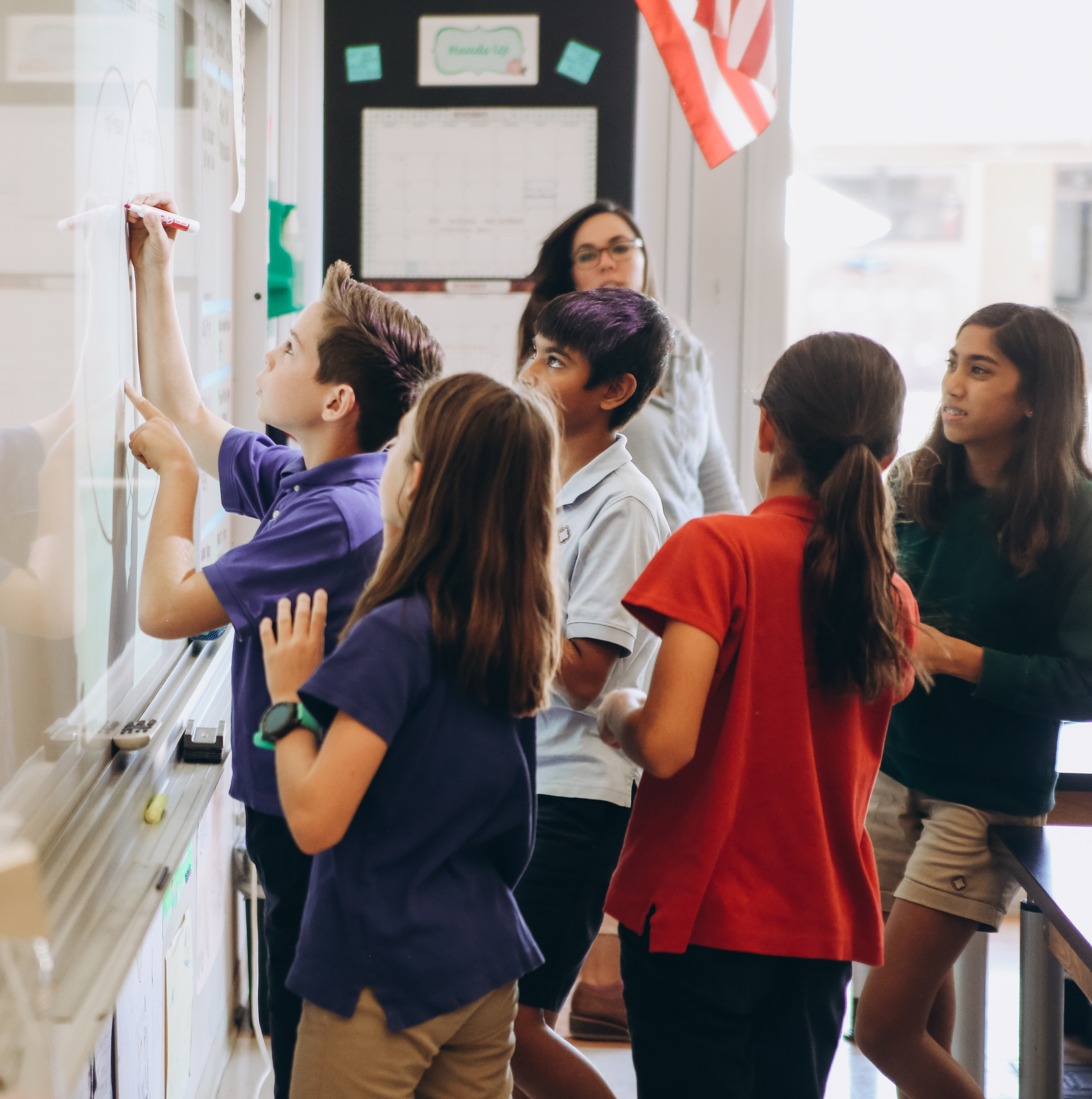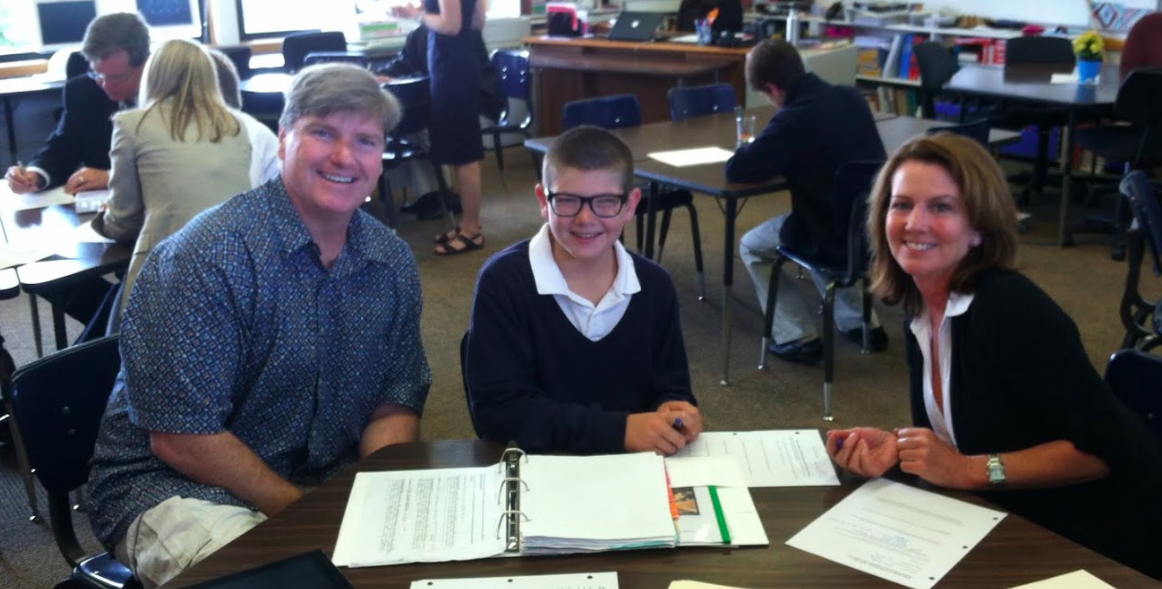



by Head of Middle School Dan Lang
One of the most important projects your child will do in Middle School is their ungraded Middle School Portfolios.
Architects, graphic designers, artists, and photographers are just a few of the professions who routinely use portfolios to showcase their success and skills. Today, professionals from all industries increasingly use portfolios to showcase their skills, abilities, and potential success. Similarly, portfolios are being used more and more in the academic environment.
Portfolios in the Middle School began with a simple idea: at the end of an academic year, students should be able to speak to what they now know and are able to do in preparation for the next grade level. Students are used to adults making this determination, and Parker faculty still do play a large role in assessing student achievement, yet the value of students as young as 10 and 11 years old reflecting on their learning, self-assessing, and looking forward to their next challenge is directly related to Parker’s mission:
To create and inspire a diverse community of independent thinkers whose academic excellence, global perspective, and strength of character prepare them to make a meaningful difference in the world.
Middle School portfolios prepare students for life beyond school—an environment where letter grades are not earned and a curated curriculum is not provided. Through the portfolio process, students must provide proof of their learning, differentiate themselves from their classmates, asses their strengths and identify areas for improvement, and begin to think about the road ahead. Most importantly, students present their portfolios to an authentic audience including their peers, their parents, and other adults in the Parker community.
While many courses have projects and presentations as part of their curriculum, the formal portfolio presentation began with our Grade 6 students in 2011. During the past several years, we have grown the process to include Grades 7 and 8, and have added Grade 6 student-led conferences in December in lieu of teacher comments. Tied to our grade-level themes and Character Education, Grade 6 focuses on self-awareness, Grade 7 focuses on community awareness, and Grade 8 focuses on global awareness and a reflection on the entire Middle School experience.
Our grade-level deans and advisors are instrumental in planning the logistics of the portfolio process and guiding students throughout the entire academic year. Grade-level deans invite a variety of professionals to come and share how portfolios are used in their own lives, and our Dean of College Counseling, Terri Devine, speaks to our Grade 8 students on the value of portfolios in the college admissions process.
For all of the effort that goes into the portfolio process, one might expect that it would hold a significant “grade” value in the Middle School; however, from the inception of the project, we have defined it as ungraded. Reflection, self-assessment, pride in one’s work, and plans for future growth are far more valuable outcomes than any “grade” we could assign a portfolio. In addition, the authentic audience of one’s peers, parents, and other adults creates a genuine desire for students to do their best work. The intrinsic motivation to present one’s best self is again more powerful than any “grade” a teacher could provide. Of course, each year, we have a set of students who do not find value in an “ungraded” project that is compiled over the course of the entire year. Nonetheless, just a few minutes after completing their portfolio presentation, even these students have an “ah-ha” moment and enjoy having celebrated their growth and success.
If you would like to know more about the Middle School School portfolio process, click here. We look forward to seeing you at your child’s portfolio presentation and Grade 6 student-led conference.
